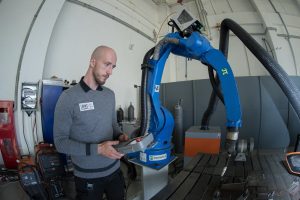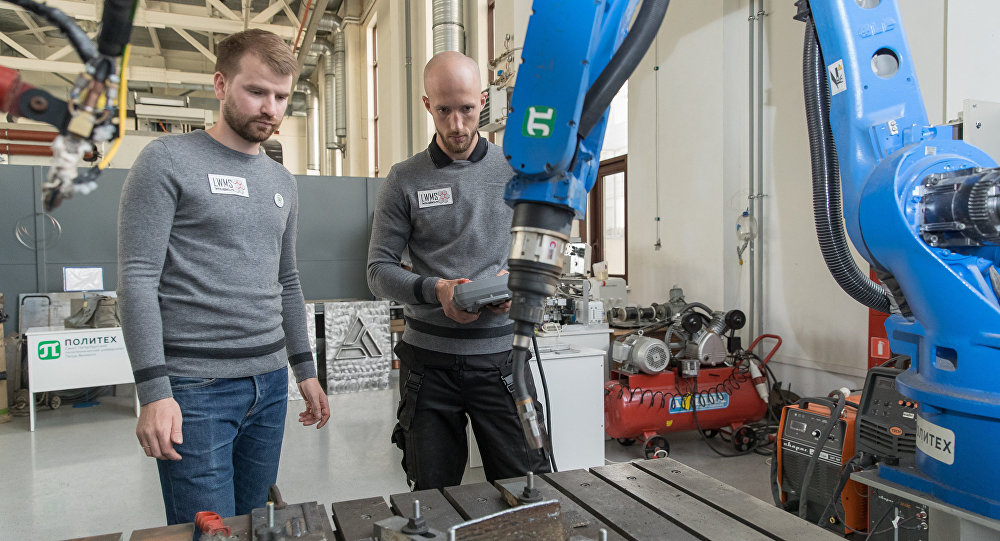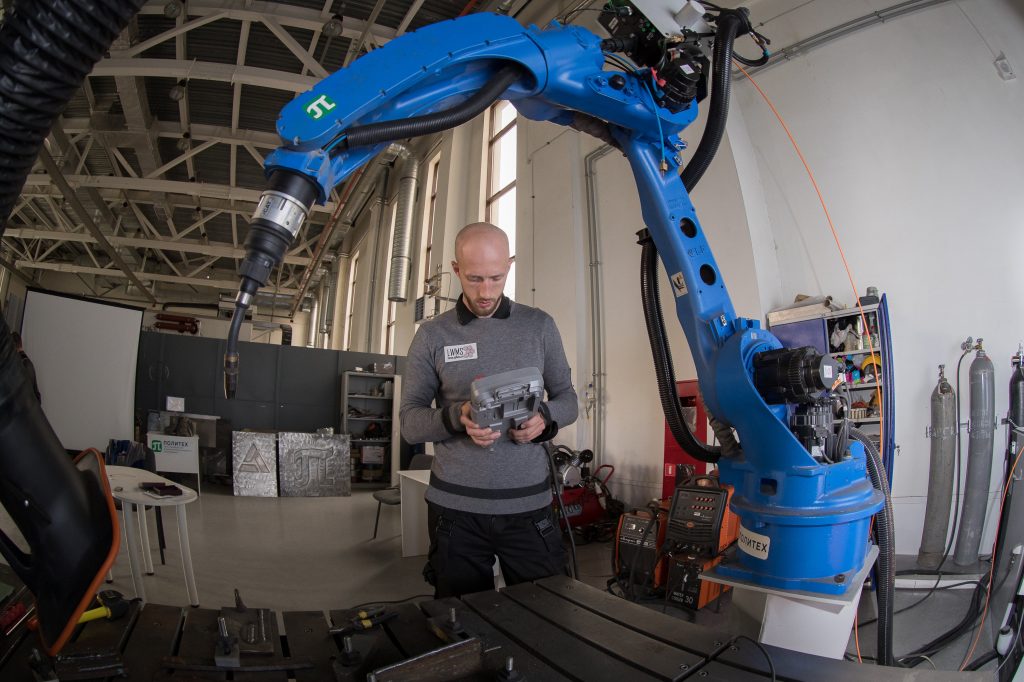3D printing is not a simple process, particularly metal 3D printing. It involves a great deal of complex mathematical modeling, with calculations that can take weeks for even the most basic parts. But scientists from Peter the Great St. Petersburg Polytechnic University have developed a neural network for metal 3D printing that is trained with a large number of parameters, which allows for the faster production of parts as well as the ability to use discovered dependencies to manufacture new parts.
Neural networks are computing systems used to process large data inputs. Researchers at the university used this method to obtain 3D printing process parameters and ensure the stability of the process.
“This was very important for us, since the metal transfer, which takes place in the course of printing parts from wire, is a very complex process characterized by competing physical effects; it has, however, a critical impact on the quality of the printed part,” said Oleg Panchenko, Head of the St. Petersburg Polytechnic University’s Laboratory of Light Materials and Structures SPbPU.
The network was developed in the Mathlab modeling environment, and all data was entered manually. A tool exists for the automatic acquisition of printing process parameters, but so far this data set is being processed online. Next, the researchers will develop an online system based on a neural network that will be learning continuously. The parameters will be added to the system automatically, while their tuning will take place in the course of printing. The researchers believe that the system will improve the quality of parts as well as increase the speed of developing process parameters for further manufacturing.
 The neural network is already being used to assess the quality parameters of manufactured parts – for example, if the welding process is stable, if the metal is being melted and transferred correctly, etc. The scientists have also used the network to develop stable printing modes for manufacturing mastheads. They have applied for a patent for the new technology.
The neural network is already being used to assess the quality parameters of manufactured parts – for example, if the welding process is stable, if the metal is being melted and transferred correctly, etc. The scientists have also used the network to develop stable printing modes for manufacturing mastheads. They have applied for a patent for the new technology.
“We are the first to use neural networks in electric arc deposition,” Panchenko said.
He added that neural networks will soon find applications in additive manufacturing as well. The researchers believe that the use of similar approaches in the future will allow for the creation of fully automated self-learning systems able to continuously improve the quality of manufactured parts without human supervision.
The neural network developed by the Russian researchers is another step towards the overall automation of additive manufacturing, which has the potential to not only speed up the process and improve the quality of parts but to reduce the risk of human error, which is high when complex mathematics are involved. Metal additive manufacturing still suffers from a great deal of wasted time, money and material due to failed builds, but with advancements such as this one, those failures can potentially be greatly reduced in the future.
Discuss this and other 3D printing topics at 3DPrintBoard.com or share your thoughts below.
[Source: Sputnik News/Images: SPBPU Media Center]
Subscribe to Our Email Newsletter
Stay up-to-date on all the latest news from the 3D printing industry and receive information and offers from third party vendors.
You May Also Like
Air Force Awards Fortius Metals $1.25M to Qualify 3D Printing Wire for Hypersonic Applications
AFWERX, part of the US Air Force Research Laboratory (AFRL), awarded a Direct-to-Phase II Small Business Innovation Research (SBIR) contract worth $1.25 million to Colorado’s Fortius Metals, to accelerate qualification...
US Air Force Awards JuggerBot $4M for Large-format Hybrid 3D Printing
Large-format 3D printer manufacturer JuggerBot has received a $4 million grant to develop a large format 3D printer, courtesy of the Under Secretary of Defense, Research and Engineering Manufacturing Technology...
Where Have All AM’s Unicorns Gone?
In the rapidly evolving world of 3D printing, startups valued at over a billion dollars, known as unicorns, once seemed as fantastical as the mythical creatures themselves. While a few...
How My Childhood Fascination with Planes Led to Investing in 3D Printing
My fascination with aerospace started young, and I started studying planes–identifying them in the sky and learning everything I could about how they work. Fast forward to my first week...

































